You will need:
- Two softcover books of the same size. The more pages the better! We use old phone books as we’re less concerned if the pages get damaged, plus the soft covers make it easier to get the books together.
- Two people to demonstrate
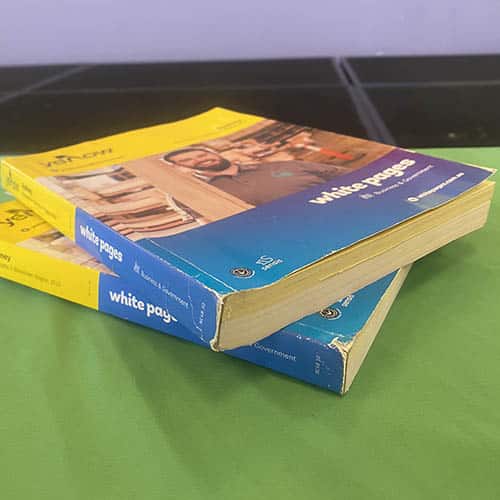
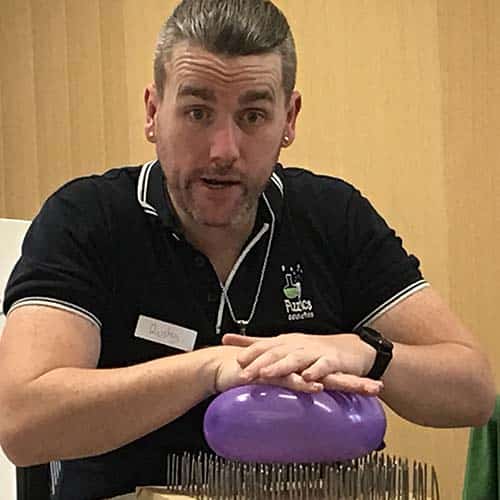
School science visits since 2004!
– Curriculum-linked & award-winning incursions.
– Over 40 primary & high school programs to choose from.
– Designed by experienced educators.
– Over 2 million students reached.
– Face to face incursions & online programs available.
– Early learning centre visits too!
What is going on?
This demonstration is all about friction! Friction occurs when two surfaces touch each other. The more contact between two surfaces, the more friction. Friction as opposes movement. This means the higher the friction between two surfaces, the harder it is for those surfaces to slide along each other.
By weaving as many books pages as possible together, the two books had a lot of surface area of pages touching each other and so there was a lot of friction between the book pages. Because there was a lot of friction between the books, you need to apply a lot of force to separate the books!
You would have found that the books were much easier to separate wiggle the pages to move the pages apart. Often in the classroom the only reason that the books separate is that the volunteers pull the books side to side & up and down as well as backwards. This wiggling reduces the contact between the book pages and you’re able to separate them. Under controlled conditions, it is much harder to separate the books than you might expect.
The Mythbusters tested this with two tanks and measured the forces involved!
In Todd Sampson’s Life on the Line, he took this to another level by bungee jumping with phone books connected (not an experiment to replicate!).
Would you bungee jump with only the friction between two phone books stopping your fall? @toddsampsonOz‘s #LifeOnTheLine starts March 21. pic.twitter.com/XtzBMkOfN2
— abctv (@ABCTV) March 6, 2017
Road safety application
Tyres keep you in contact with the road. This contact gives you more friction and allows you to be able to quickly brake your vehicle or change direction. Always keep your trees in good condition and with tread to be able to disperse water so that you can remain in contact with the road… you need that friction!
Variables to test
- Try different size books.
- Does glossy paper vs standard paper make a difference?
Learn more about friction & movement with workshops, shows & science resources.
Forces, Friction & Movement
Years K to 6
Maximum 30 students
School workshop
60 or 90 minutes
Online Class Available
BIG SCIENCE BIG FUN!
Years 7 to 10
For large audiences
School science show
60 minutes
STEM Full Day Accelerator - Primary
Designed from real classroom experiences, this modular day helps you create consistently effective science learning that directly address the new curriculum with easily accessible and cost-effective materials.
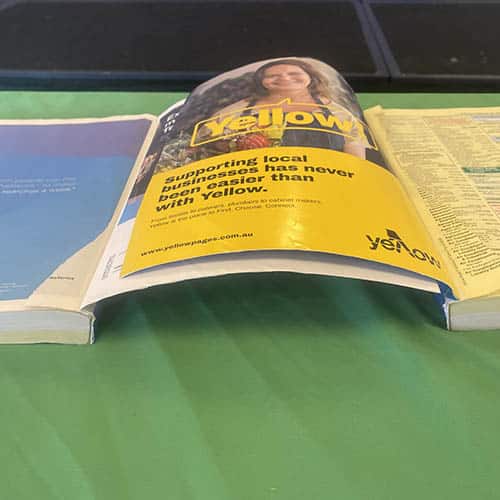
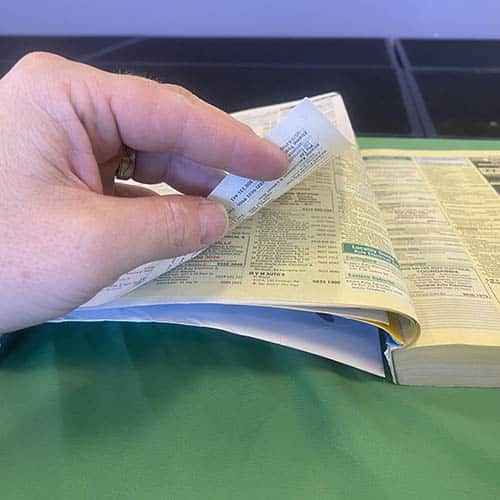
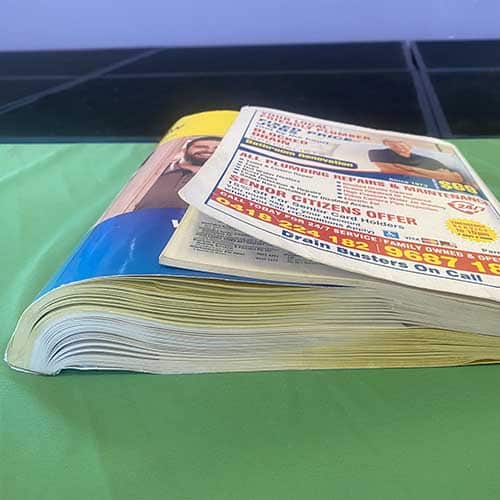
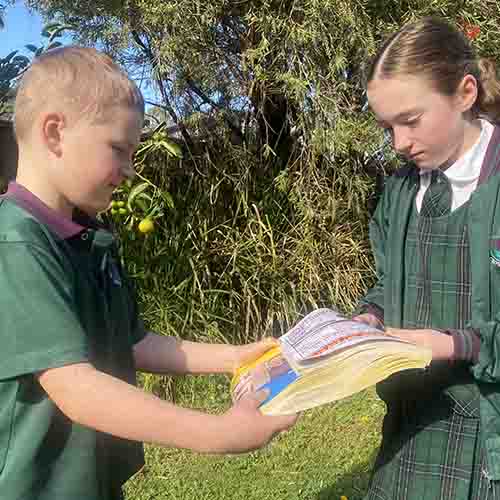
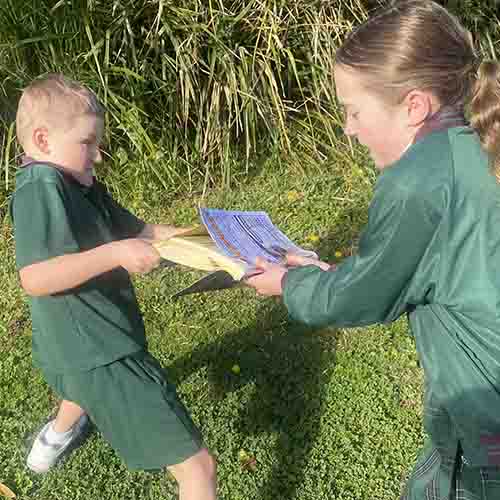
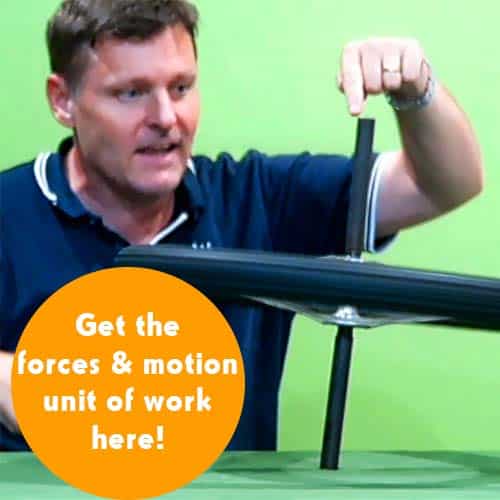


























Comments